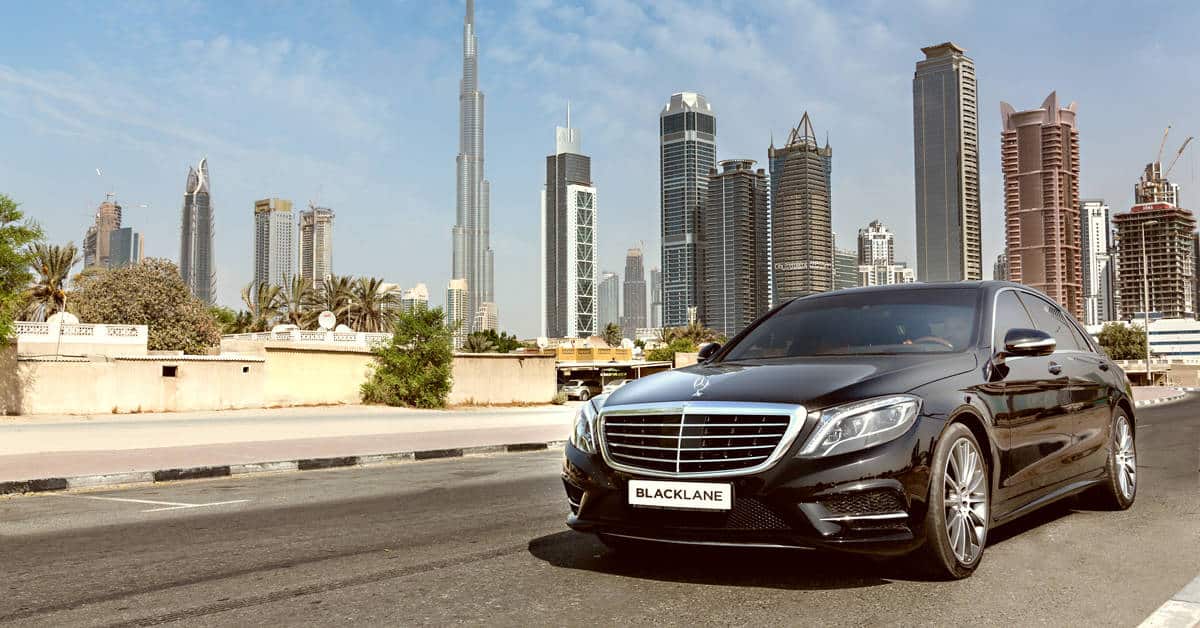The chauffeur service industry is constantly transforming, so as we as we start thinking about how it will evolve in the future, let’s take a look at its past.

Humble beginnings
You’re outside, waiting for your ride to take you to meet a business associate in London. Just as you check your pocket watch for the third time, you hear it approach. Between the clomping of the horses’ hooves, and the sounds of the wooden wheels bouncing over every pebble, it would be impossible not to.
You pay the coachman nine shillings, more than a week’s wages for many people, and climb into the carriage. The ride is a bumpy one, and you could probably walk faster than the coach travels, but you’re ahead of your time, and you know that this will be the way of the future.
You’re on the cutting edge of transportation innovation… but it’s the beginning of the 17th century, so it’s still going to be a while before you can enjoy wondrous developments like proper suspension and braking systems. Ah! One of the wheels has popped off as you go around a bend, and here come some highwaymen to steal your purse.
Alas, the plight of the trendsetter. At least you didn’t have to ride on the roof of a hackney carriage like a commoner.
The professional driver industry was not always the economic powerhouse and cultural mainstay that it is today. Initially, progress was driven, pun intended, by the technology available at the time.
First, there were human- or animal-powered methods like rickshaws and buggies, but these were very limiting. Carriages would become the more comfortable, more spacious way to travel, but also more expensive. Even stagecoaches, which followed a fixed route like trains or busses today, were costly. Passengers would pay extra to secure the best seats (inside the carriage instead of in a basket outside, or even on the roof) and often had to chip in for the horses’ food.
While they don’t sound particularly enticing today, carriages were revolutionary at the time. It was only after carriages became more popular that roads improved. The flattening and eventual paving of roads set the stage for further development of the concept.
Carriages, which can be traced back to 600 BC, underwent many redesigns. Still, only in the 15th century did carriages get roofs, and not until the 1700s did major technological advances arrive.
The first true automobiles were steam-powered carriages. Nicolas-Joseph Cugnot of France created the first self-propelled vehicle in 1769. However, it wasn’t until the 1790s, when Englishman Richard Trevithick developed an engine that used high-pressure steam, that “steam cars” became more practical.
While anyone with $1000 (around $17,000 today) could purchase one, steam cars could only run with the help of a professional. The term “chauffeur” was first used to describe the person who would stoke the engine, keeping it hot (“chaud” in French), while a passenger would steer. The income required to purchase a vehicle and hire someone to operate it initially limited the customer base to wealthy hobbyists.
The car as we know it
Once again, you’re ahead of the curve. You’ve just purchased a steam-powered three-wheeled automobile. To show it off for the first time, you’ve hired a knowledgeable chauffeur. You and your spouse sit on a padded seat while the chauffeur tends to the engine behind you. Though it takes a while to start up, your new ride can reach around 60 km/h (37 mph), nearly ten times faster than a horse-drawn carriage.
Your critical friends don’t like it, saying a car moving on its own is the devil’s work, and that you’re going to kill yourself driving so fast. But you know better: this is science, and the only way to travel. It’s worth the few thousand dollars. Besides, they’ve been driving these things around for years in France, and you can’t let them have all the fun.
While the steam car remained popular throughout the 1880s, the invention of the first (practical) internal combustion engine by German Karl Benz in 1879 would change everything.
Benz’s wife Bertha had a brain for marketing, and decided to load up her sons into Benz’s vehicle and attempt the first road trip, of 106 km (66 miles) as a publicity stunt. Along the way, Bertha would show her own strokes of genius by recommending what we now know as brake pads, and employing creative methods to make repairs along the way. For example, she used her hat pin to clean a blocked fuel line, and her garter as insolation. Her trip not only proved Benz’s invention a success, but also brought a lot of attention to the Benz Patent Motorwagen.
Karl improved his original design with Bertha’s recommendations, and presented it at the World’s Fair in Paris, adding fuel to the already simmering automobile craze. With many more manufacturers popping up, and a swift increase in quality, vehicles were becoming a more realistic and attractive option for everyday people with a little cash to spend.
The industry was growing rapidly, with many great minds contributing. Benz eventually merged his company with Daimler Motoren Gesellschaft, a company helmed by engineers Gottlieb Daimler and Wilhelm Maybach. Together, they would eventually build the first Mercedes-Benz in 1926. Armand Peugeot was making vehicles with Daimler engines as early as 1892. In 1913, Henry Ford invented the assembly line, and started mass-producing cars in the United States.
The evolution of the automobile was a big boost to the chauffeur industry. In 1906, The New York Times ran a very bitter article claiming that chauffeurs were letting their ego get in the way of their duties. This was attributed to the fact that because they were so in demand, their employers were willing to overlook their snobby attitudes. At this time, chauffeurs were responsible for the upkeep of the vehicles, only deferring to a mechanic for more serious issues.
As cars became more accessible to the growing middle class, and easier to drive, having a chauffeur became more of a convenience or status symbol than a necessity. If the industry were to survive, it would have to adapt.
Your modern chauffeur
You’re waiting for your suitcase, along with the rest of the passengers from your flight to Singapore. The conveyor belt starts to move, you grab your suitcase, and make your way out to the arrival gate. You spot your Blacklane driver immediately, because he’s holding a branded sign with your name on it. Your driver introduces himself, takes your suitcase, and leads you to the vehicle. Your flight was late, but your driver tracked it and showed up right on time. Your driver opens the door for you and then loads your suitcase into the trunk.
Inside, you relax, take a sip of the bottled water in the cupholder, and enjoy the view. You decide that this is truly the best way to travel, and open the Blacklane app. In seconds, you’ve made a return booking for the end of your trip. After a long flight, you decide to take a quick nap, and by the time you wake, you’ve arrived at your hotel safe and sound. While you’re enjoying the hotel pool the next day, your $50 payment is processed.
While the industry has come a long way technologically, there have been just two basic business models since the beginning.
One direction aims to become more affordable than driving a personal vehicle. This approach embraces amateurization, with the goal of affordability. Think ride-hailing and lower-end taxi services — companies that focus on short-distance, inner-city mobility. The service itself has remained mostly the same over time, with more focus put on bettering the technology passengers use to book the service.
The other direction was to cater to the existing customer base of the elite. With more people able to drive themselves, this industry needed to make its service more luxurious and exclusive. This is the approach traditional limousine companies have taken.
With the technological standard well-established, the chauffeur industry is in the perfect position to to evolve beyond these two extremes. Blacklane offers a best-of-both-worlds alternative: top-quality service, and fair prices for both passengers and drivers. Blacklane works with established, local drivers who conduct rides that fit into their schedule, making for a more efficient system for everyone.
Are you still riding with legacy limousine companies? Why not upgrade your travels and try our professional chauffeur service available in over 300 cities worldwide!



